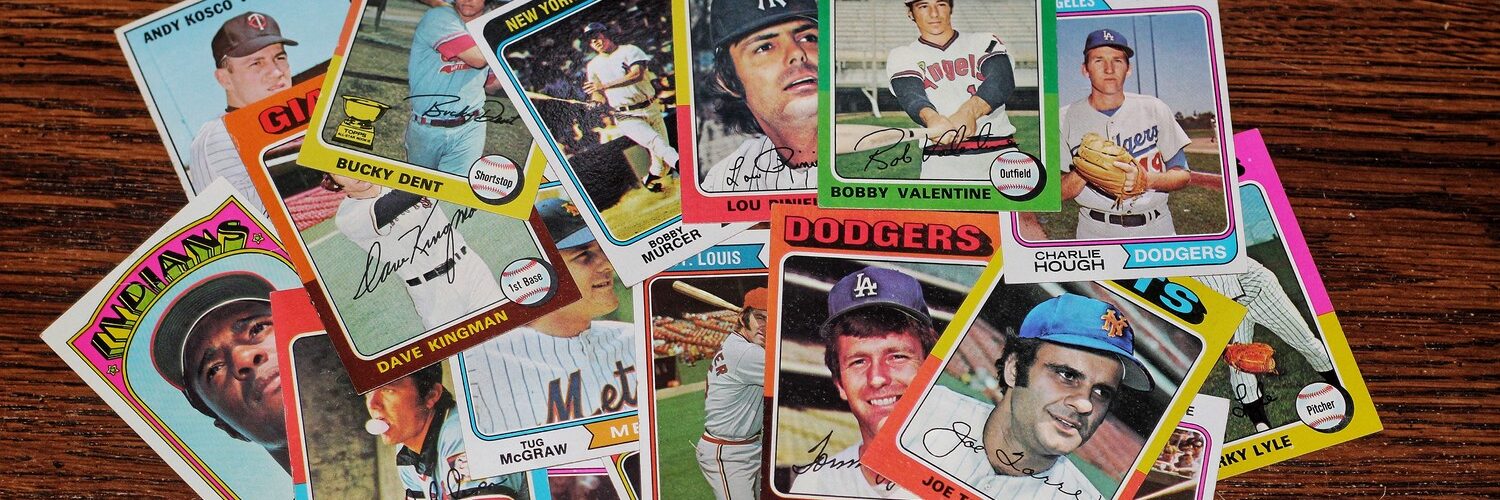The allure of baseball cards has transcended generations, with many seeing the hobby as a passionate pursuit while others regard it as a lucrative investment. The business of selling baseball cards is flourishing, as enthusiasts and collectors always look for new acquisitions. This article explores the world of baseball card collecting and sheds light on how one can appreciate the art of composing and profit from it.
-
A Passion Turned Profession: The History of Baseball Cards
Baseball cards have been a part of American culture since the late 19th century. Initially intended as a marketing tool, these cards quickly became collectible items, with the value determined by a player’s fame, card rarity, and condition. Understanding these factors is essential for those looking to buy, trade, or even sell baseball cards.
Baseball cards have continuously evolved from the T206 Honus Wagner card, one of the rarest and most valuable, to modern-day holographic editions. What started as a child’s hobby has become an industry worth millions, with dedicated professionals, auctions, and even investment firms.
-
Collecting: A Journey of Discovery
Starting a collection isn’t just about purchasing valuable cards; it’s about embracing the history, achievements, and stories behind each piece. Here are some steps to begin the journey:
– Find Your Niche: Focus on what intrigues you most, whether collecting cards from a specific era, team, or player.
– Set a Budget: Define a clear budget that aligns with your collecting goals.
– Educate Yourself: Research and educate yourself about card values, authenticity, and conditions.
– Join a Community: Engage with other collectors, join online forums, or attend card shows to learn from others.
– Take Care of Your Collection: Understanding how to preserve and protect your cards is vital in maintaining their value.
-
Investment: Turning Passion into Profit
Collecting baseball cards isn’t just about nostalgia; it can be a serious investment. Here’s a guide to understanding the business aspect:
– Understand the Market: Study market trends, player performance, scarcity, and demand. Use tools like price guides and online platforms to stay informed.
– Invest in Grading: Professionally graded cards often fetch higher prices. Consider getting valuable cards graded by reputable companies.
– Consider Long-Term Potential: Some cards might not be valuable now but could be in the future. Understanding the potential for long-term growth is essential.
– Be Aware of Risks: The market can fluctuate like any investment. Always invest with awareness of potential risks and rewards.
-
Selling: A Strategy to Success
Whether looking to downsize a collection, liquidate an investment, or exchange cards, selling is integral to the collecting process. Here’s how one can effectively sell baseball cards:
– Know Your Cards: Evaluate the cards you want to sell based on condition, rarity, and market demand.
– Choose the Right Platform: Selling options vary from auction houses, online marketplaces, card shows, or local shops. Choose what fits your needs best.
– Set Fair Pricing: Researching recent sales of similar cards can help set a fair price.
– Create Quality Listings: Good photographs, detailed descriptions, and transparent information build trust with potential buyers.
– Provide Excellent Customer Service: Communicate effectively with buyers and ensure safe shipping to enhance customer satisfaction.
Conclusion
The journey to collect, invest, and sell baseball cards is multifaceted, filled with history, passion, strategy, and ethics. Whether starting as a hobbyist or aiming for financial gains, understanding the landscape, learning continuously, and engaging with the community can lead to a rewarding experience.





